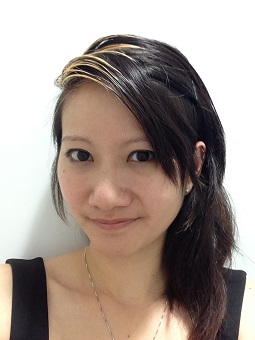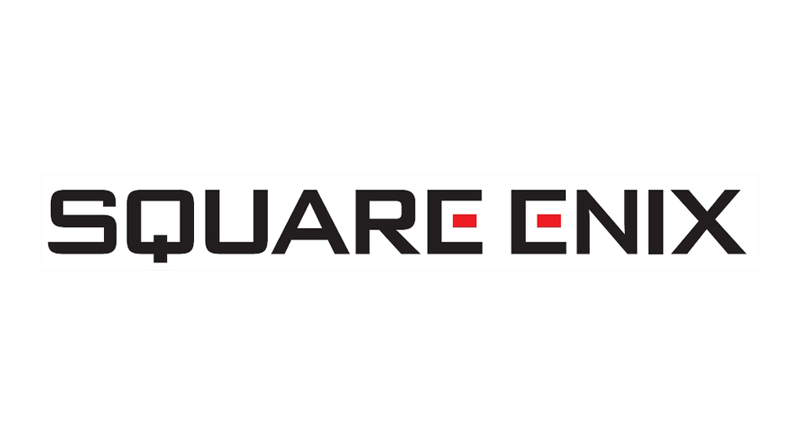Interview with Danielle Cheah, Technical Director at Square Enix London
Your role as Technical Director at Square Enix London Studios is multifaceted! Please give us some insight into your involvement in development and management.
DC: I oversee all technical development for our 3rd party titles on the Western side of the business. These are titles that are developed by external studios that we partner up with to provide a variety of games such as Life is Strange and Just Cause 3 that we released recently. On a day-to-day basis, I oversee the development of the games from a technical aspect, recommending solutions and providing advice to the producers on the project. My role overlaps a little with production, QA and R&D in terms of pipeline approach, optimized workflow, setups and strategies for successful game launch. Being a Technical Director at Square Enix London Studios also means that I work closely with our execs in terms of cooperate IT, Online, Online Infrastructure and support, Mobile and Analytics groups. I’m involved in game acquisition as well as long term franchise growth. There is a lot of work in publishing and it doesn’t end at launch!

Danielle Cheah, Technical Director
Rise of the Tomb Raider included a groundbreaking music score featuring a procedural percussion system. Do you envision procedural music and sound becoming more prominent in the future? What are some of the advantages and challenges?
DC: Whilst I am not directly involved with the Tomb Raider franchise as Crystal Dynamics is an internal Square Enix studio, I can say that there is a trend to have procedural system in modern games and audio is something that is of interest. It all depends on the needs of the game design, but for certain user-control-based games with strong action pacing, procedural audio is definitely an additional layer that can provide an immersive experience. It is a subtle effect – not all players will notice it, but they will definitely feel the advantages. Any form of audio added to a game is an art form on its own – from VO to the main score. There are different challenges for each game to get the music and sound right, but getting it right is necessary to make a high-quality game.
Focusing first on the most important scenes or areas and moving on to filling up the whole game takes a lot of time and iteration. The advantages to procedural audio is that (1) we will get a game that is fully covered, (2) music scores are extended and non-repetitive, (3) beautiful cross-fades, and (4) we can break the tempo barrier. On top of all of that, we are able to provide a rich responsive experience to the player’s actions, which is always fulfilling both as a developer and as a gamer.
What are some of the key features and needed functionality that you and your development teams consider when making audio and video middleware choices?
DC: Part of my role as a Technical Director is to evaluate solutions and provide recommendations. I will evaluate the solution from both a production and technical perspective because choices depend on the technical requirements, the game needs, production timeline and cost. I evaluate solutions relative to other middleware/competitors in the market. I take into consideration the audio engine feature sets, editors and pipeline features, ease of use, integration and support, cross platform support, performance, asset management, ability to customize, etc. The audio features should be a standard list of features that allow audio and sound manipulation, authoring, implementing and platform support.
Looking forward to your new projects and emerging platforms like VR, what will be the most important audio and video middleware functionality and features for Square Enix London Studios?
DC: The key consideration for us is that the tools, pipeline, and features are more advanced or on par with the best middleware products available. The other key element is the support we get from the middleware team and cross platform support. Features that are interesting for new projects are spacial audio, procedural audio, better compression, hi res audio, and dynamic streamed assets.


